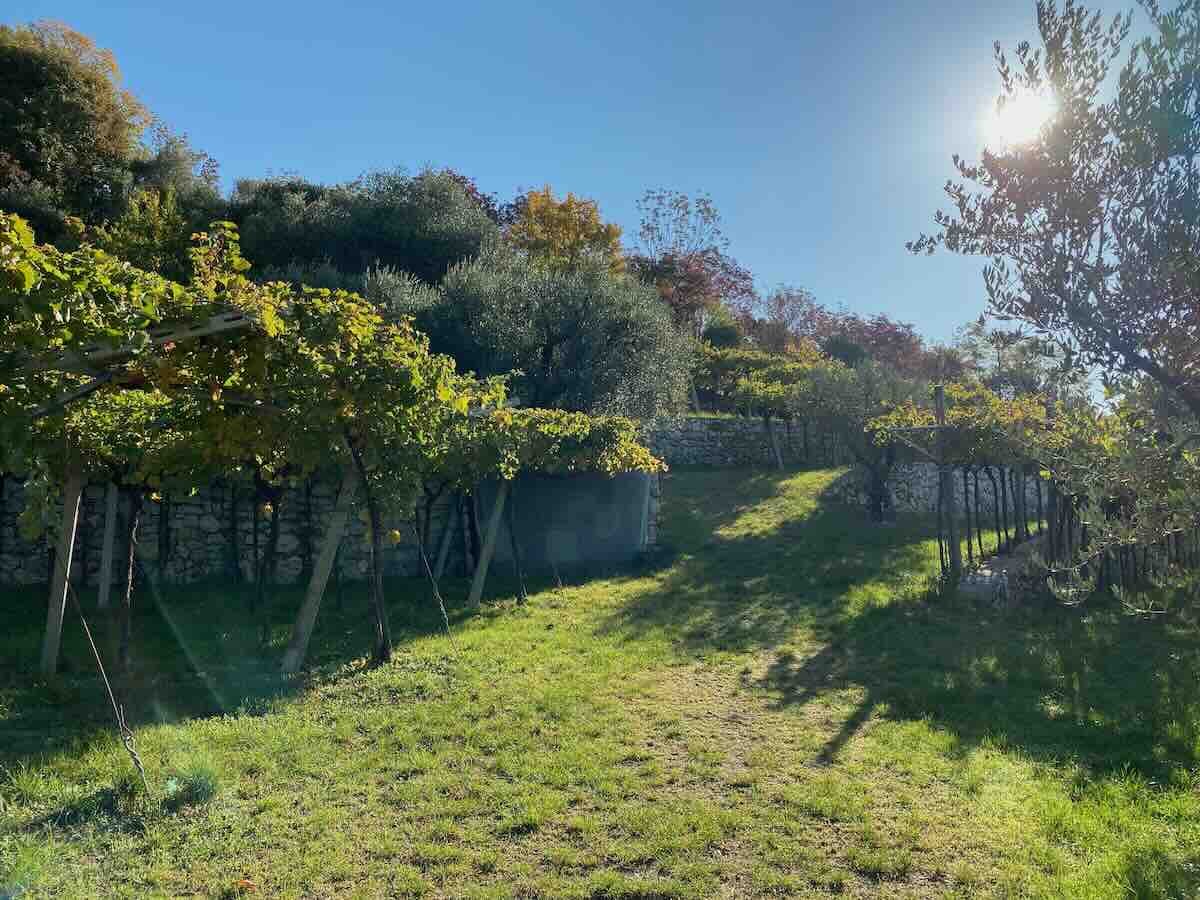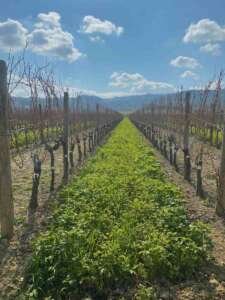
When it comes to wine, there is a growing movement towards organic and biodynamic production methods. In my opinion this natural approach of viticulture is the best way forward if you value quality and sustainability. In this blog post, I will explore why these wines are the only serious option for making truly interesting wines.
The Health of the Soil

The final quality of any wine is based on the work in the vineyard and the health of the soil. Organic and biodynamic practices avoid the use of synthetic pesticides, herbicides, and fertilizers. Instead, they rely on natural methods to nourish the soil like planting diverse cover crops that promote biodiversity and become green manure after being plowed. This allows the soil to retain its natural fertility, resulting in healthier vines and more flavorful grapes.
Mycorrhizal Fungi and the Wood Wide Web
One of the most fascinating results of this approach is the positive effect it has on mycorrhizal fungi. These beneficial fungi form a symbiotic relationship with the vine’s roots, helping them absorb nutrients and water more efficiently. This underground network of fungi, often referred to as the “wood wide web,” connects plants and trees, allowing them to communicate and share resources. By cultivating this natural network, these vineyards create a harmonious ecosystem that enhances the overall health of the vines.
Sustainable Practices
Organic and biodynamic wine production goes beyond just the health of the soil. It also encompasses sustainable practices that minimize the impact on the environment. It prioritizes water conservation, biodiversity, and the protection of natural habitats. The Bevino portfolio consists solely of winegrowers who understand that the vineyard is the foundation for their wine. Or as a famous maxim goes: in the cellar you can only screw up what you have worked for on the land.
Click here to check out our assortment of organic and biodynamic wines.
(Top picture: a variety of olive and other trees, and conversion to biodynamic viticulture stimulate the biodiversity at Corte Bravi in the Valpolicella Classico area.)
